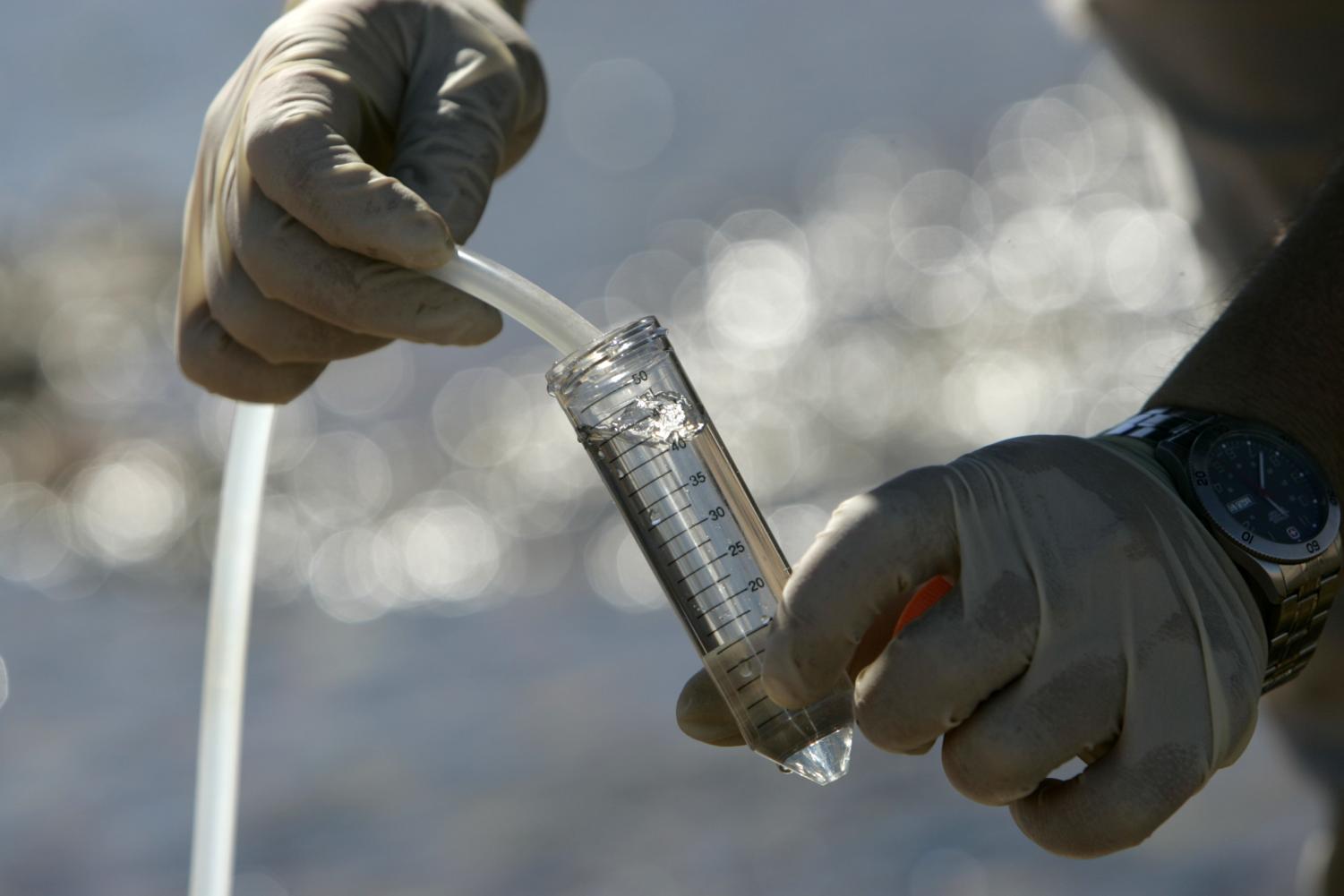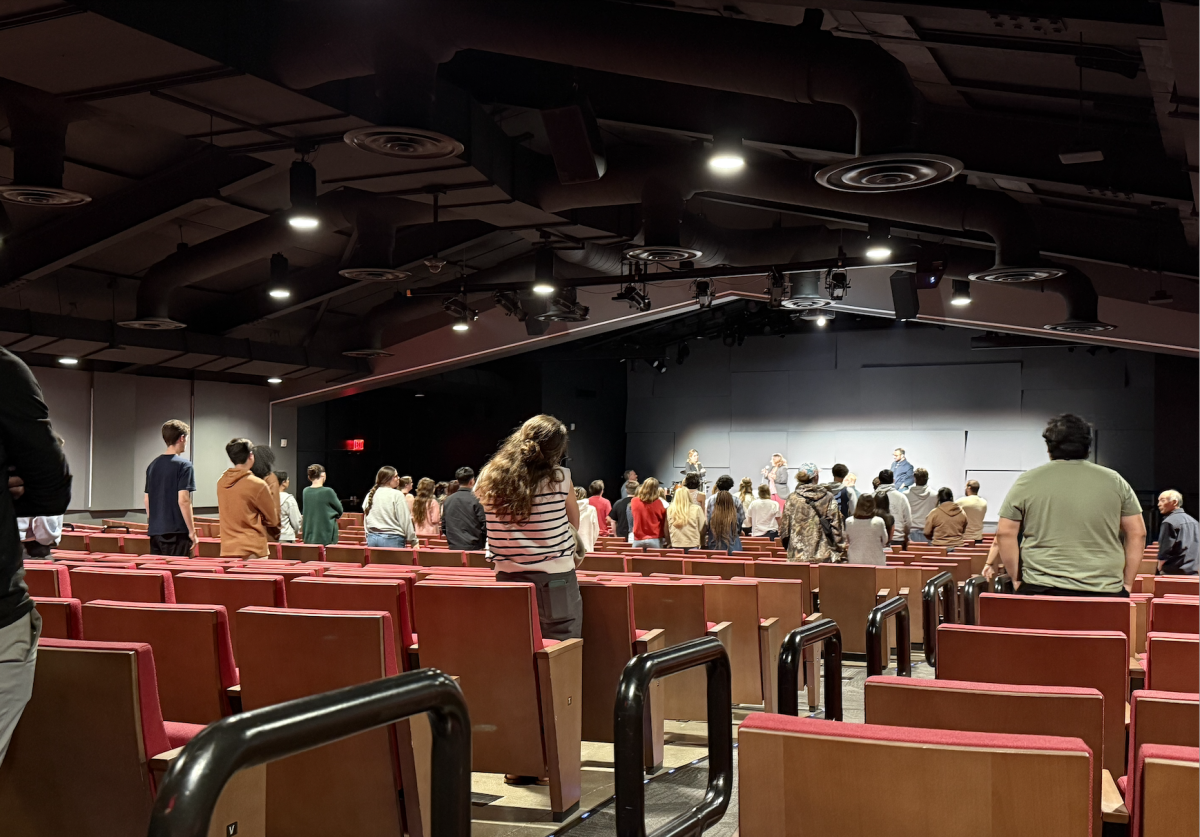Despite the fears of long-term health problems caused by reports of drug contaminated water, it is too early to be concerned about the health of Biolans. The research conducted by the Associated Press (AP) only discovered traces of drugs—“the concentrations of these pharmaceuticals are tiny, measured in quantities of parts per billion or trillion, far below the levels of a medical dose.”
The discovery of pharmaceuticals in water sources is not a new one.
“This is a serious problem, and it has been recognized as one in ‘natural’ water sources (lakes, rivers, etc.) for some time,” said John Bloom, a Biola physics professor. Unfortunately, there don’t appear to be any simple solutions.
The appearance of potentially harmful pharmaceuticals is mainly the result of medications that have been flushed down toilets into the water supply, both unused and in the form of human waste.
The situation is not far from Biola.
“Anti-epileptic and anti-anxiety medications were detected in a portion of the treated drinking water for 18.5 million people in Southern California,” said the AP report. While the report did not specify which cities in Southern California have been tested, there is a reasonable chance that La Mirada’s water supply has been affected.
According to the Water Education Foundation, La Mirada gets its water from three sources: State Water Project (which includes 22 dams and reservoirs, a pumping plant, and an aqueduct stretching 444 miles), the Colorado River, and Groundwater. These three sources also serve large portions of Southern California and it is likely that one of them was included in the pharmaceutical-positive testing.
If the water does indeed prove a threat, there are ways to combat it.
“Activated charcoal is one method that is generally effective at filtering organic compounds out of water, and that is a commonly available type of water filter,” Bloom said. However, according to the AP, household water filtering systems apart from reverse osmosis don’t typically eradicate the pharmaceutical content. But while there is no perfect solution, there is one way to help reduce the problem.
Annette Browning, an Associate Professor of Nursing, emphasized the importance of proper medication disposal. Browing said that currently there are toxic waste dumps that are recommended for getting rid of unused medications, and eventually there will be a switch to an easier method.
“What we’re moving toward in the future is placing receptacles in the pharmacies,” Browning said. Patients could then take any unused medications to their pharmacy, which would in turn dispose of them properly. While this will reduce the traces of pharmaceuticals in the water, it will not remove them; a fact that junior John Carmichael doesn’t have a problem with.
“I don’t really care because there have always been chemicals in the water—and those are on purpose,” said Carmichael. “I’m not worried about it.”







